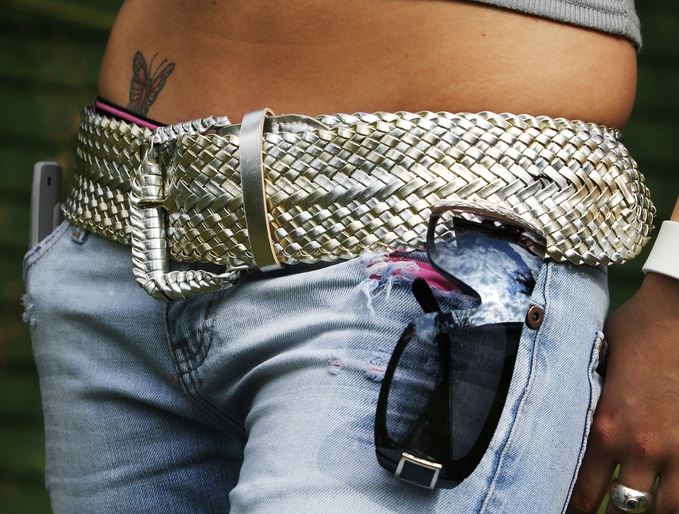From crocs to cowgirl hats – and even the return of low-rise jeans – the latest trends are sure to fly off catwalks into fashionista’s shopping carts the second Australian Fashion Week ends this Friday, 13 May.
Now, researchers at the University of South Australia are urging consumers to take pause before making flighty purchases and consider the devastating effects of fast fashion on the environment.
UniSA’s latest study explored Australians’ knowledge of fast versus slow fashion, finding that general consumers not only lack understanding of these issues, but are averse or unable to change their buying ways.
As Australia is a juggernaut in textile consumption, UniSA researchers say government and the fashion industry have an obligation to better educate consumers and provide alternative options.
“Fast fashion is all about demand-driven clothing, where buyers snap up the newest fashion styles at the height of their popularity, only to discard them after a few wears,” says lead researcher, UniSA PhD candidate Erin Skinner.
“But keeping up with the latest trends comes at a price. Every year, Australians each consume more than 27kg of textiles, discarding 23kg of this into landfill. That’s an extraordinary 6,000kg (6 tonnes) every 10 minutes – or the equivalent of the weight of an African elephant.”
“But it’s not only landfill,” Ms Skinner said. “Globally, the fashion industry produces about 20 per cent of the world’s wastewater. This translates into 2,700 litres of water to make one cotton T-shirt – enough water for one person to drink for nearly two and a half years.
“And when it comes to CO2 emissions, the fashion industry produces more emissions than the shipping and aviation industries combined.”
Ms Skinner noted the numerous ways government, and the fashion industry, could be better educating the everyday consumer.
“[They could highlight] the value for money that comes with buying fewer, long-lasting garments, boosting the hire-clothing sector, using online influencers to educate, or looking to more accessible and online second-hand items.”
The purpose of the study was to clarify “what the average Australian knows or thinks about sustainable fashion” as the first step towards designing appropriate policy changes that support slow fashion.
In the aftermath of Australian Fashion Week, keep in mind these three simple tips to protect the environment:
- Step off the ‘trend-mill’. Spend time considering your personal style to avoid being tempted by every influencer micro-trend.
- Shop your wardrobe. The most sustainable clothes to wear are the ones you already own.
- Remember that loved clothes last. Regardless from where they came from, treat your clothes with kindness so they last as long as possible.



